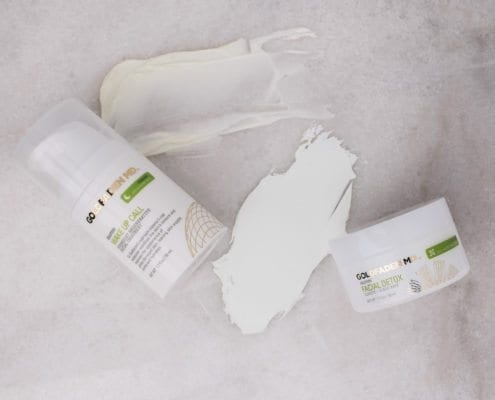We all know the common skin culprits when it comes to breakouts what the causes including, bacteria and oil, hormones, and certain foods or medications. Have you ever thought about where we live to be some of the main contributing factors to some of our skin woe’s?

Big City Skin – The Issues:
Pollution
According to Dr. Goldfaden, pollution and smog in big cities can clog pores, but also lead to dryness in the winter. Additionally, the free radicals in the ozone layer of smog can cause premature aging, such as wrinkles and loss of elasticity, and those who live in highly polluted urban areas are at higher risk of developing eczema and rashes, according to the American Academy of Dermatology.
Vitamin D absorption
Atmospheric pollution has been shown to block the absorption of UVB needed by skin to make the Vitamin D so crucial for our overall skin health and proper functioning. “This is where vitamin D comes in: rates of cell division and differentiation are triggered by growth factors and other molecules that are controlled by the presence of vitamin D” say’s Dr. G. If adequate amounts of vitamin D are not available, your epidermal cells won’t differentiate optimally. As a result, the outer layer of your skin may become thinner and more fragile.
The Solutions:
Imagine all the pollution, dirt and bacteria that cover the face after a day outside in a city. Free radicals are attacking form every angle breaking down skin cells causing loss of elastin and collagen in the skin. Detoxifying products are crucial to ward off free-radical damage on the skin and keep skin looking flawless, bright and blemish-free. A detox cleanser is imperative. Look for an acid based cleanser to eradicate surface layer bacteria, dirt and oil. The use of a bi-weekly pore-clarifying mask can be helpful as well to keep pores free of gunk, dirt, oil and bacteria which lead to breakouts.
Protect + Repair: Dr. Goldfaden’s advanced brightening and antioxidant serum helps to protect against photo-aging and free radical damage, while leaving skin hydrated and radiant.
Smoggy and polluted climates also call for serums and moisturizers that target environmental damage and almost shield the skin. Look for powerhouse Vitamin D as an ingredient! A great option to try is our Vital Boost moisturizer, a daily skin-boosting and antioxidant-infused moisturizer with a powerful dose of Vitamin D.

